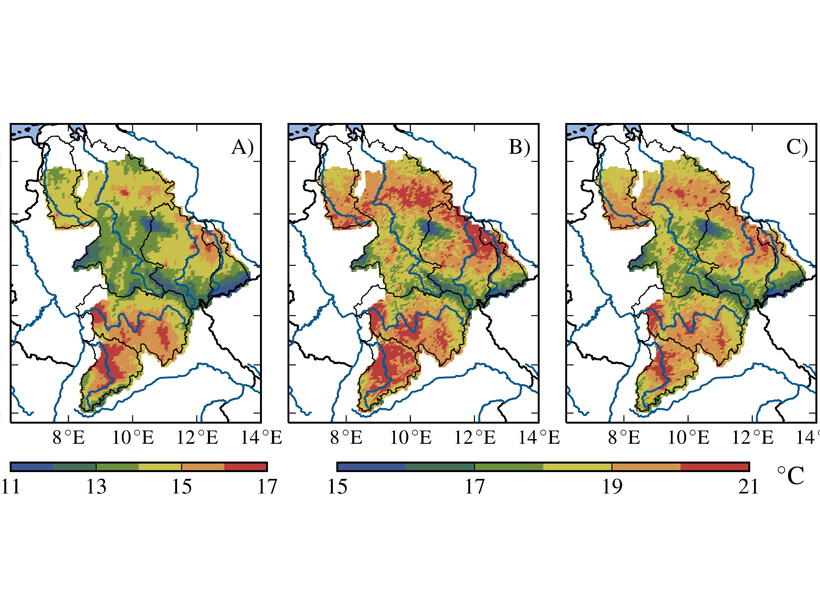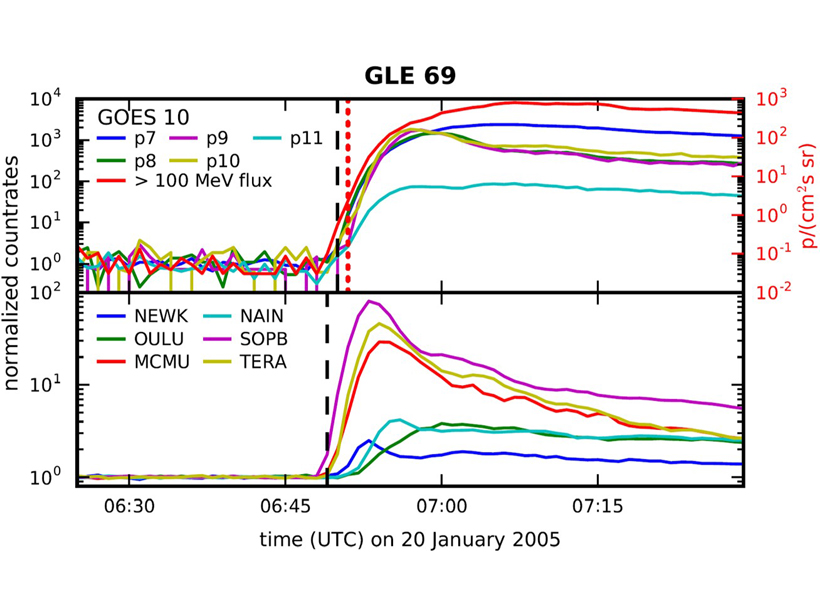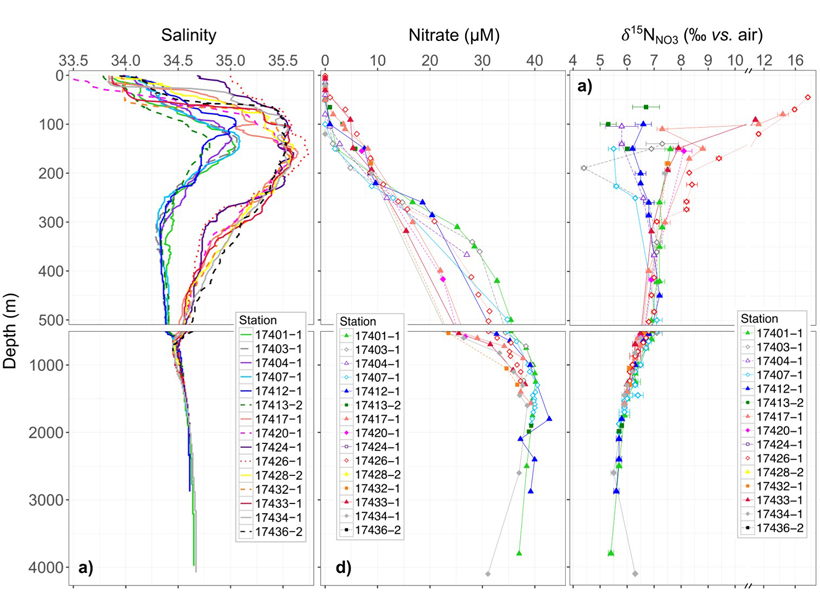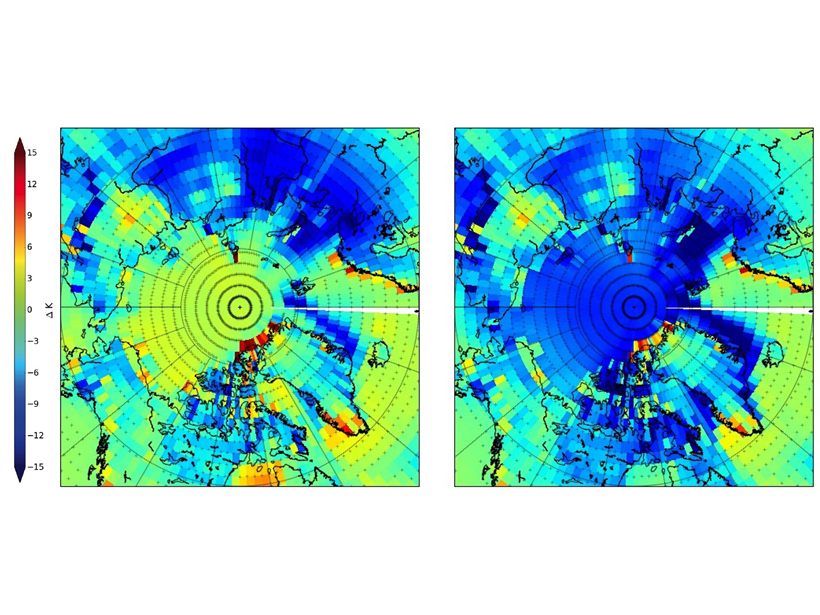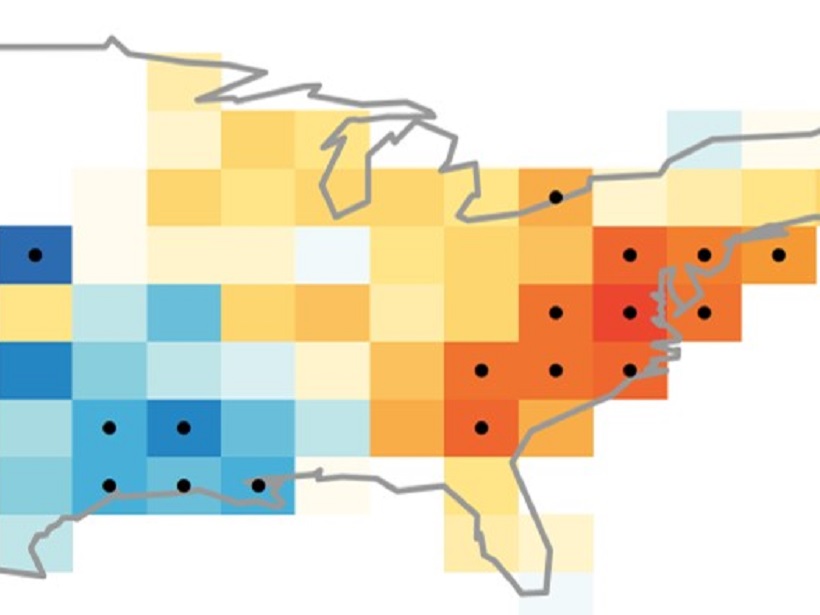Pancaking and erosion can explain a lot of the structural change in magnetic flux ropes as they fly evolve during their supersonic flight through the inner solar system.
Editors’ Highlights
Calibrating Hydrological Models by Satellite
Hydrological models are usually calibrated using observations of streamflow, but a new method uses remotely sensed land surface temperature for this purpose.
Getting Littoral with Lake Carbon Efflux
Next generation forced diffusion chambers reveal dynamic environment for lake carbon exchange with distance from shoreline.
Drones Hunt for Impacts of Oil Exploration on Wetland Emissions
Seismic lines, constructed for petroleum resource exploration, disturb Canadian peatlands, but how can we detect their impact on greenhouse gas budgets?
Catching the Oncoming Radiation Storm
Improved processing enables satellite-based radiation sensors to match ground-based sensors in providing prompt warnings of the onset of atmospheric radiation storms that can endanger civil aviation.
Acoustic Monitoring of Inelastic Compaction in Porous Limestone
During triaxial compression experiments, acoustic monitoring reveals compaction localization in a high porosity limestone, accompanied by a significant decrease in P-wave velocity.
Unraveling Hemispheric Ocean Nitrate Supply Pathways
Subsurface measurements of nitrogen and oxygen isotope ratios in nitrate reveal a predominantly southern hemisphere supply of nitrate to the equatorial Pacific.
Spectral Surface Emissivity Improves Arctic Climate Simulation
Improving the representation of surface emissivity in the Community Earth System Model reduces its Arctic winter cold bias from 7 to 1 Kelvin degree.
The Long Reach of El Niño’s Broom
Both the El Niño Southern Oscillation and natural variations in tropical Pacific weather conditions impact surface air quality in the Eastern United States.
A City’s Challenge of Dealing with Sea Level Rise
A well-developed case study in Ho-Chi Min City, Vietnam, exemplifies how other mega-cities located on deltas could face the major challenge of adapting to rising sea-level.


